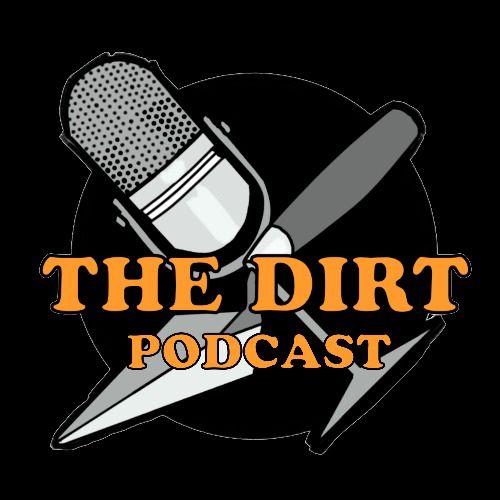bonus
Deep Cuts: These Aren't the Glyphs You're Looking For
Anna takes Amber on a short but eventful journey into an investigation of Egyptian hieroglyphs located in eastern Australia. How did they get there? Did Egyptians reach Australia thousands of years ago? ARE THE CHICKENS A CLUE?? Plus, a detour into mummy drugs.
For more information, check out:
Bulgandry Aboriginal Art Site - This Place (Indigenous.gov.au)
Hair Raising Cases in Hair Testing: Are ‘cocaine Mummies’ Real or Fake? (Cotsford Lab)
New World Tobacco in Old World Mummies (Skeptoid)
Rameses II and the Tobacco Beetle (Antiquity, via ResearchGate)
Translated: This Is What The 5,000-Year-Old Ancient Egyptian Hieroglyphs In Australia Say (Humans Are Free)
Egyptologist debunks new claims about 'Gosford glyphs' (ABC)
Gosford Glyphs, Walking Track to Secret Treasures! (Kombi Lifestyle, with pics)
Gosford Glyphs (Atlas Obscura)
The Gosford glyphs, debunked (Australian Geographic)
First rock art (National Museum of Australia)

